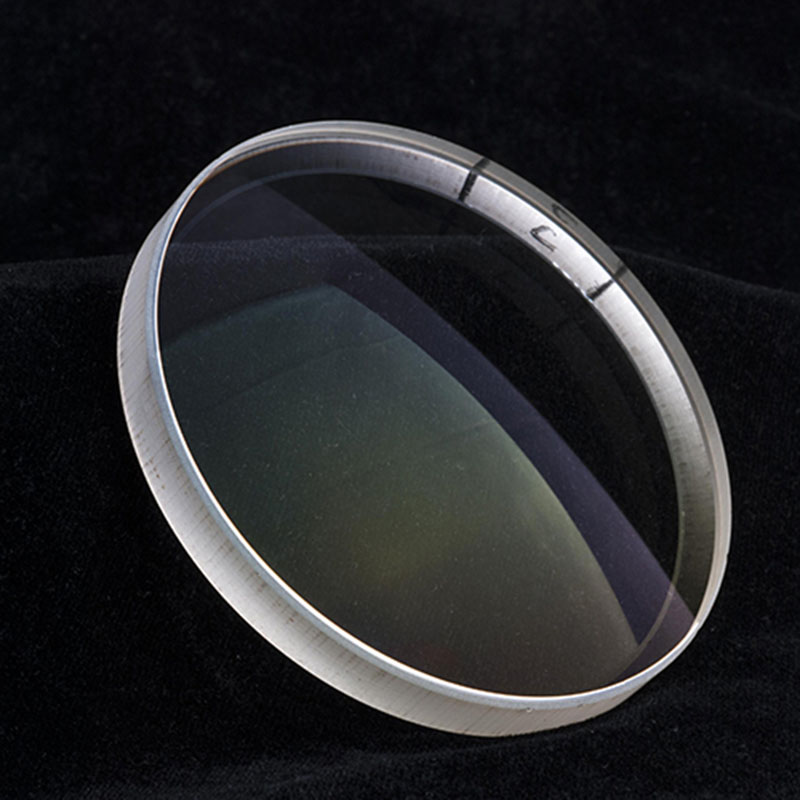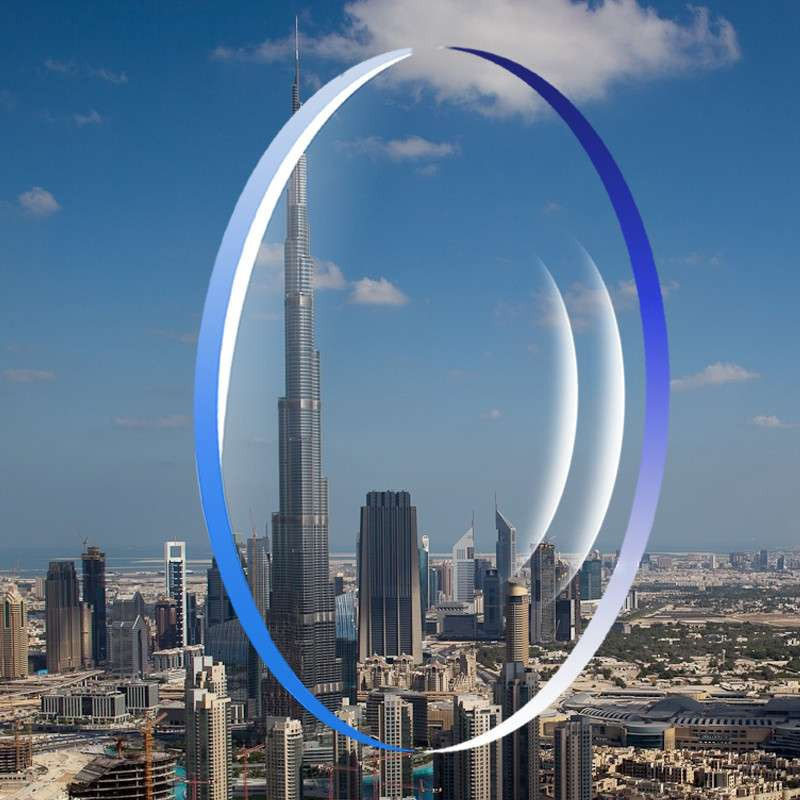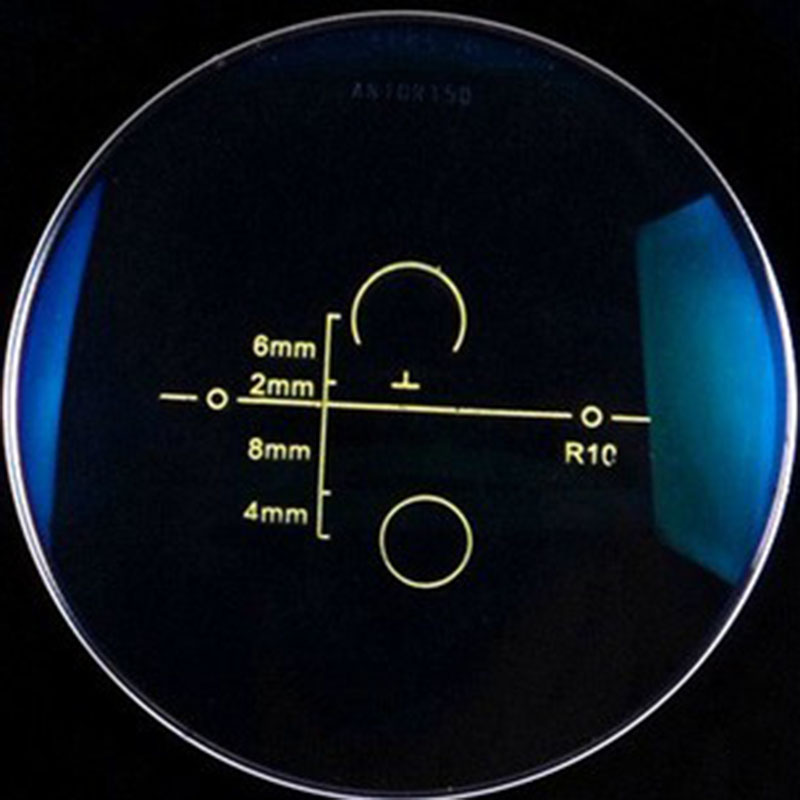
Which Lens is Better?
1.)What is a lens?
Lenses, lens also known as the mirror center, is mounted after the painting center, suitable for clamping in the frame, so called the mirror center.Its form can be horizontal, vertical, is a simple, convenient installation.A piece of glass or other curved transparent material used to make things appear clearer, larger, or smaller when viewed through it.Usually used in glasses, cameras, telescopes, etc.Lenses can be divided into the following five kinds according to the different materials: resin lens, special lens, space lens, glass lens, PVC lens.

2.)Classification of Lenses
Ordinary lenses are suitable for people with general vision needs. People with myopia, farsightedness and astigmatism will choose such lenses when matching glasses without any special needs. The material is mainly resin.Lenses with a degree of more than 1,000 degrees generally require customization and are called garage lenses.Other lenses can be divided into the following categories according to the design, function, appearance and surface treatment of the lenses:
I. According to the optical design of the lens:
1.Spherical: Traditional spherical lenses that distort objects around the lens, limiting the wearer's field of view.
2.Aspheric surface: the surface radian of an aspheric lens is designed as an aspheric surface, with thin thickness and multiple curved surfaces, and the degree is progressive. The wearer can gradually adapt to the correction effect and prevent dizziness.The advantages of this design over spherical lenses are:
1, clearer: after special coating treatment of aspheric lens has a more perfect visual performance, clearer presentation, visual effect is more comfortable;
2. More relaxed: you can hardly feel the existence of aspheric lens when you wear it. It helps your eyes lose weight, and you can enjoy the relaxed and casual feeling brought by it.
3, more natural: aspheric surface design, more natural, less visual deformation, more realistic.

II.According to the optical function of the lens:
1.Bioptical plate:
Bioptical lenses are primarily used in presbyopia correction, providing presbyopic opticians with clear vision for both near and far use on one pair of glasses.The bifocals can be divided into two separate areas, with the upper part of the lens providing clear distant vision and the lower part providing clear near vision.The two regions of the bilens provide different refractive power respectively. The difference between these two different refractive power is known as the near addition of reading, which compensates for the adjustment required by the presbyopic reader.
2.Three-light lens:
Two pairs of glasses can be combined to form a pair of bifocals if the wearer needs different prescriptions for distance and near vision.However, with the deepening of presbyopia, proximal addition also increased to make up for the decline in regulation.When bifocal-wearers are unable to obtain a sufficiently clear mid-range view beyond the near point, either through the distal or proximal region, an additional amount is needed to provide mid-range vision, so that the lens consists of three different regions containing different prescriptions.That's the tri-light.
The three regions of the trilens are used for near, medium and distant view respectively. They are called near, middle and far view (or reading area).
3.Progressive lenses:
Progressive lenses are specially designed for people with presbyopia. The refractive power of the lenses changes gradually from the far use area to the near use area through the intermediate gradient profile (or gradient region).

Progressive lenses have the following advantages:
A.Improve appearance;
B.There is a complete working distance range;
C.No like jump;
D.Convenient.
Progressive lenses provide the following benefits for wearers:
A.The appearance of the lens is similar to that of a single lens, and the lens has no dividing lines.
B.Comfortable medium-range vision;
C.A continuous clear field of vision;
D.More natural eye conditioning;
E.Continuous spatial perception;
F.All you need is a pair of glasses;
3.)What is the refractive index of the lens?
The refractive index of the lens refers to the refractive index of the lens marked 1.49, 1.56, 1.61, 1.67 and 1.74, and the higher the refractive index, the thinner the thickness of the lens.Common glasses lenses on the market according to the material divided into glass, resin, space piece (commonly known as: PC piece, space piece) several, such as subdivided, and there are white pieces, colored pieces, ordinary pieces and ultra-thin pieces, film or not, resin and space pieces can also increase the hardness.Super tough lens with PC piece, can withstand the ball test, but PC piece needs to have a special edge grinding machine processing, and super tough lens general edge grinding machine, punching machine can be processed, so it should be more popular than PC easier.
Common glasses lenses on the market according to the material divided into glass, resin, space piece (commonly known as: PC piece, space piece) several, such as subdivided, and there are white pieces, colored pieces, ordinary pieces and ultra-thin pieces, film or not, resin and space pieces can also increase the hardness.Usually 1.49, 1.56, 1.61, 1.67, 1.74,1.8, 1.9 on the lens refers to the refractive index of the lens, and the higher the refractive index, the thinner the lens with the same luminosity.